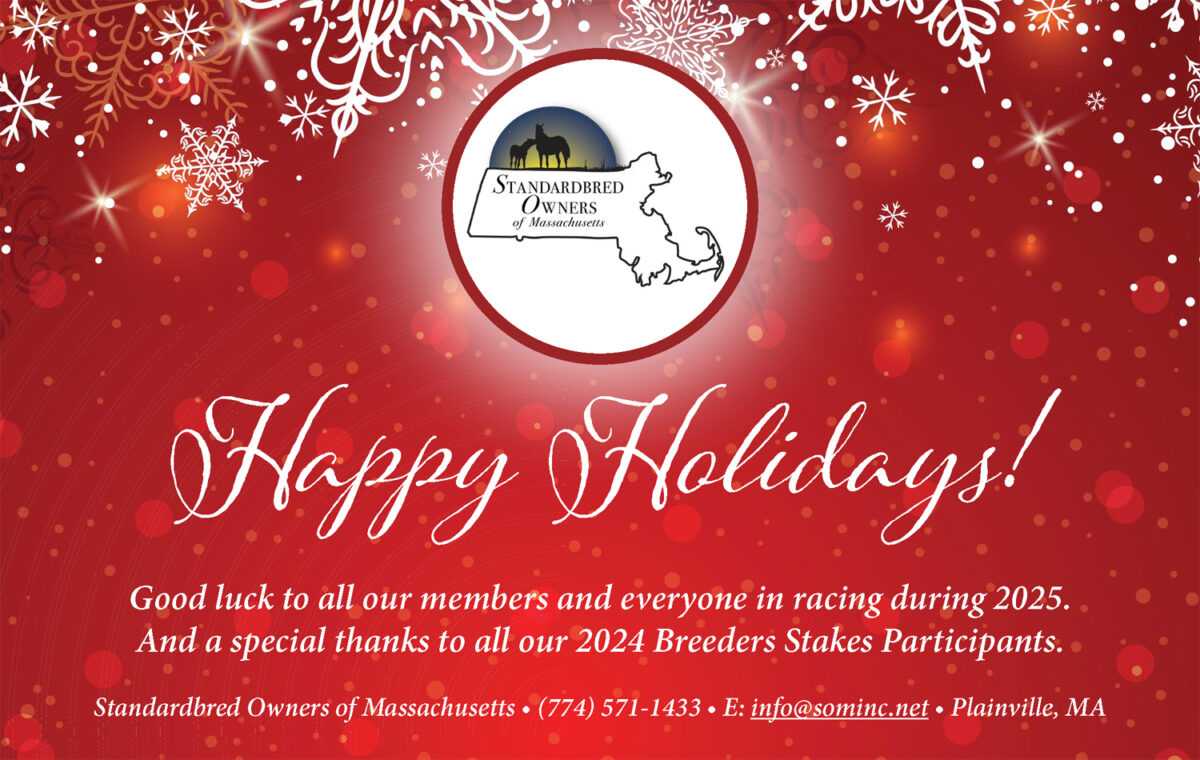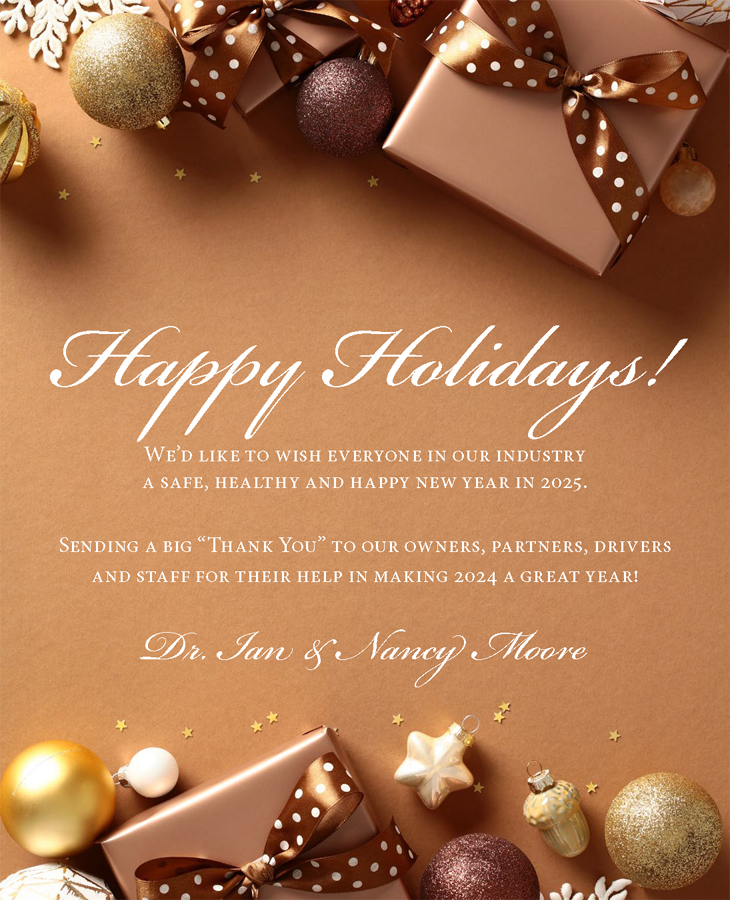

Thoroughbreds to get a bigger piece of Ontario’s pie
Ontario Racing announced Friday that the Horse Improvement Program (HIP) that funds standardbreds’ Ontario Sires Stakes, among other programs, will move from a 50/50 split to one that is 55/45 in favor of thoroughbreds in three years.
by Dave Briggs
Over the next three years, Ontario’s thoroughbred industry will increasingly get a bigger cut of the $25 million provincial pie that funds such programs as standardbred racing’s Ontario Sires Stakes (OSS), but Walter Parkinson said the change in splits on the Horse Improvement Program (HIP) is simply a return to what the distribution historically has been.
Parkinson, the president of the Standardbred Breeders of Ontario Association (SBOA) and a board member at Ontario Racing (OR) that made the announcement on Friday, said the HIP money has been shared 50/50 between the breeds in the years since the Slots at Racetracks Program (SARP) ended in 2013. However, the announcement that the splits would now move to be in favor of the thoroughbreds — 51/49 in year one (2018-19), 53/47 in year two (2020-21) and 55/45 in year three (2021-22) — is a return to the 55/45 advantage the thoroughbreds had in the SARP era.
The reason? HIP splits are determined by wagering and betting on thoroughbred racing is higher in the province where the runners hold a roughly 55/45 advantage.
“I definitely think it is representative of where the industry is at and it was representative of where it was,” Parkinson said. “Prior to the ending of SARP there was a 55-45 (HIP) split on the betting dollar. That was always the traditional way… there’s really no background as to why it got switched post-SARP (to 50/50), so now it has been felt – and I agree with it – that it does need to go back to the actual split, the 55-45, which is representative of the betting here in Ontario… I think it’s the fair way to allocate the money and the reasonable way, as well.”
Parkinson added that the change will also be phased in over three years to cushion the blow on standardbred breeders.
Bill O’Donnell, president of the Central Ontario Standardbred Association (COSA) that represents those that race at Woodbine Mohawk Park, is also on the board at Ontario Racing. He said HIP funding has also been on the decline recently because the Woodbine Entertainment Group (WEG) no longer adds in some $3 million per year that it had been contributing to HIP.
After SARP ended, HIP funding was some $30 million thanks, in part, to WEG’s contribution. O’Donnell said, at the time, the thoroughbreds agreed to split that $30 million evenly, but challenges in the thoroughbred breeding industry and low horse supply numbers no longer make that acceptable to the runners.
“All I can say is that I’m on the board,” O’Donnell said. “I’m one of 10 people there. Did everybody vote for it? I can’t say that. Did I vote for it? I can’t say that either. I’m not saying either way because we have a non-disclosure, confidentiality agreement. You win some, you lose some, but I suppose (the thoroughbreds) felt they were losing before with (a 50/50 split).”
Ontario is an interesting case study. Though wagering is higher on thoroughbred racing, the standardbred industry is significantly larger in terms of number of horses, breeders, participants and racetracks (12 compared to two thoroughbred tracks).
What will happen to HIP funding if the wagering gap continues to grow?
“You can’t take aspirin today for a headache you’re going to have tomorrow,” O’Donnell said. “If the handle goes to 60/40 or something we’ll have to address that at another time. I don’t see that happening, but who knows?”
Parkinson said he’s concerned about a slippery slope that could mean even less money for the OSS and other incentive programs in the years ahead, “but I think you’ve got to look at it objectively and try to make everything go as smoothly as possible… going forward we’re going to have to keep an eye on it.
“Every breeder has experienced hardships over the years, so anything we can do to try to make all sectors of the industry, whether it’s standardbred, thoroughbred or quarter horse, as strong as possible (is important) and I think this is one of the steps to do that.”
Parkinson said the split changes hopefully would strengthen the resolve of the industry to try to drive handle.
“I think that’s everyone’s goal to grow that wagering, whether it’s gaining additional markets, international markets and finding bettors that are interested in the product that we are offering here in Ontario and just horse racing product in general. I know it’s on OR’s agenda and WEG’s agenda and every racetrack in North America wants to increase their wagering,” Parkinson said. “It’s a hard thing to do. It’s a hard industry to create a new gambler, then to transition existing gamblers over to this sport from whatever other industries they are gambling on is hard as well.”















